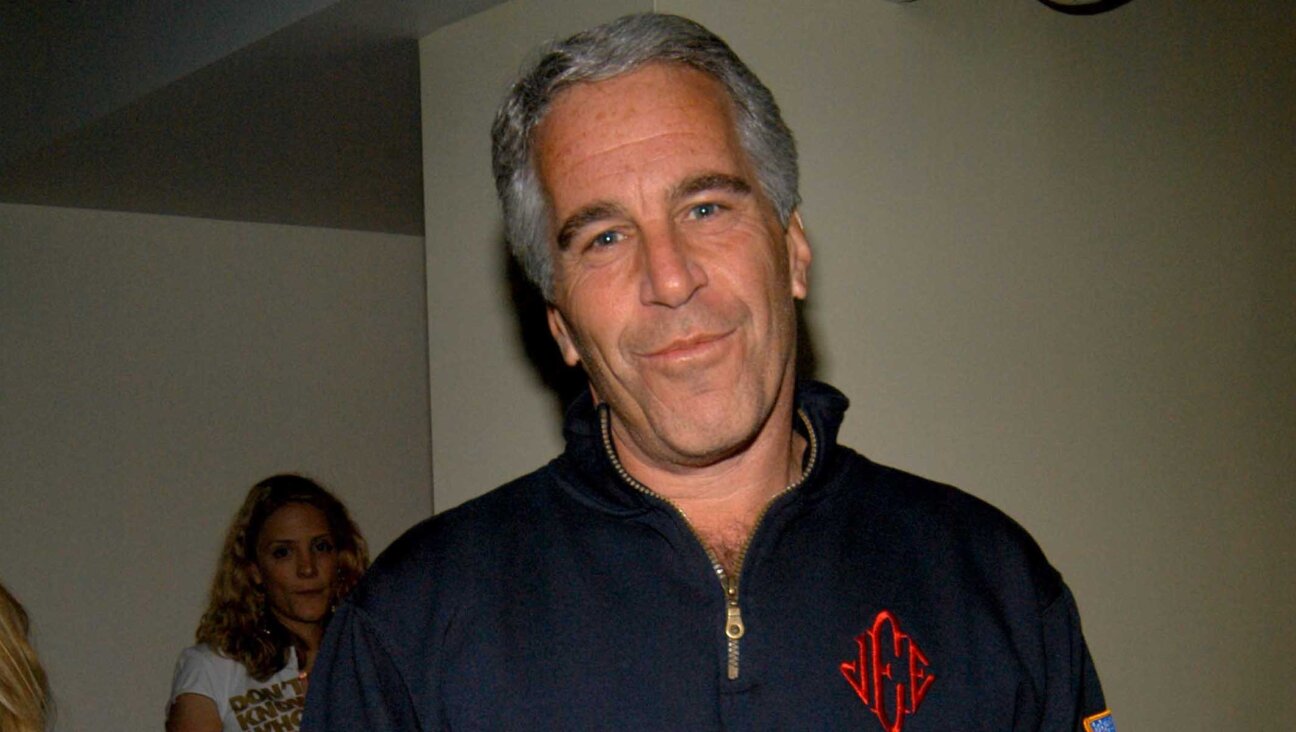Mameloshn Thriving in Montreal
When Eli Batalion graduated from high school in 1997, he was able to speak four languages fluently. And when he was asked to give a valedictory address at the graduation ceremony, he chose to do so in the language closest to his heart, informing the audience, in eloquent Yiddish, “…Duss iz mayn identitet. Kh’bin a poylisher yid.” (“This is my identity. I’m a Polish Jew.”)
Batalion graduated from Bialik High School, a Labor Zionist school that is part of a secular Jewish education system in Montreal known as the “Jewish People’s Schools and Peretz Schools” (JPPS), which ranges from prekindergarten to high school. It is the only system in the world with both elementary and secondary Yiddish programs, and the only school system in North America to feature a mandatory four-language core curriculum — English, French, Hebrew and, of course, Yiddish.
While Yiddish is mandatory, proficiency in the language varies, owing primarily to the number of years that a student has been enrolled in the JPPS program. Not surprisingly, students such as Batalion, who have been part of JPPS since elementary school, tend to have a much greater command of the language than those who have not. But by any language program’s standards, the Yiddish program is exceedingly thorough, covering not only Yiddish language and mechanics, but also the classics of Yiddish literature and theater. Indeed, the Yiddish education is of such a high caliber that the Canadian government has officially recognized Yiddish — along with French, English and Hebrew — as a legitimate and accredited language.
“When we say Yiddish, we mean language, grammar, literature, songs, folktales and culture,” vice principal Hanna Eliashiv explained. “We have a rich curriculum, which includes Sholom Aleichem, Peretz, Mendele Mocher Sforim [and] Maurice Rosenfeld, just to name a few.”
This is no small feat. Competent secular Yiddish educators in primary and secondary schools are hard to come by in this day and age — overshadowed and outnumbered, as Yiddish studies tend to be in general, by the study of Modern Hebrew. Not surprisingly, then, an increasing number of Yiddish instructors are actually former Bialik graduates. “They used to be raised in the Jewish Teachers Seminary of Montreal, but that has been closed for nearly 30 years now. Now they are former students. Where else are we going to get them from?” Eliashiv said.
Eliashiv added that Bialik has, in recent years, received a fresh infusion of native speaking Yiddish teachers — as well as students — from abroad, primarily from Argentina and Mexico. This is attributable to the comparatively high number of secular Yiddish day schools still in operation in Latin America.
And at Bialik, Yiddish is not just a language — it’s an experience. Students participate in a variety of extracurricular Yiddish activities outside the classroom to increase fluency in, familiarity with and love of the language. Activities range from reading copies of the Forverts to elderly Yiddish speakers, to participating in critically acclaimed Yiddish theater productions. Last year, for example, students participated in a heartfelt, not to mention wildly successful, rendition of Batia Bettman’s musical, “No More Raisins, No More Almonds: Children’s Ghetto Songs,” about young people living in a World War II-era Jewish ghetto. The play, originally conceived as nothing more than a school project, was received so well by audiences that it soon snowballed into a yearlong production, culminating in a performance in March at Quebec’s annual Action Week Against Racism. Bialik also publishes a student-run newspaper written in a variety of languages, including Yiddish.
Capping off Bialik’s Jewish educational experience is a senior trip to New York City and Washington, D.C. Stopping at Ellis Island, the Tenement Museum and, naturally, the old Forward building on the Lower East Side, the trip is designed to give students a taste of the Jewish immigrant experience. “We do it so that everything they’ve learned comes alive,” Eliashiv said.
In contrast to the United States and most of Canada, many private schools in Quebec receive substantial government subsidies, making schools such as Bialik highly accessible to the public. In fact, these days at Bialik, a student has up to 60% of his or her general studies tuition covered by the provincial government. As a result, Montreal has the highest rate of Jewish elementary school attendance in all of North America.
Not surprisingly, students tend to have a ferocious allegiance to the school and its pro-Yiddish philosophy. To those critics who would ask: “Why bother with Yiddish, a nearly extinct tongue?” Bialik’s 1997 valedictorian and unofficial spokesman, Eli Batalion, has this to say: “Foyleh zhlubes!” (“Primitive boors!”)



















